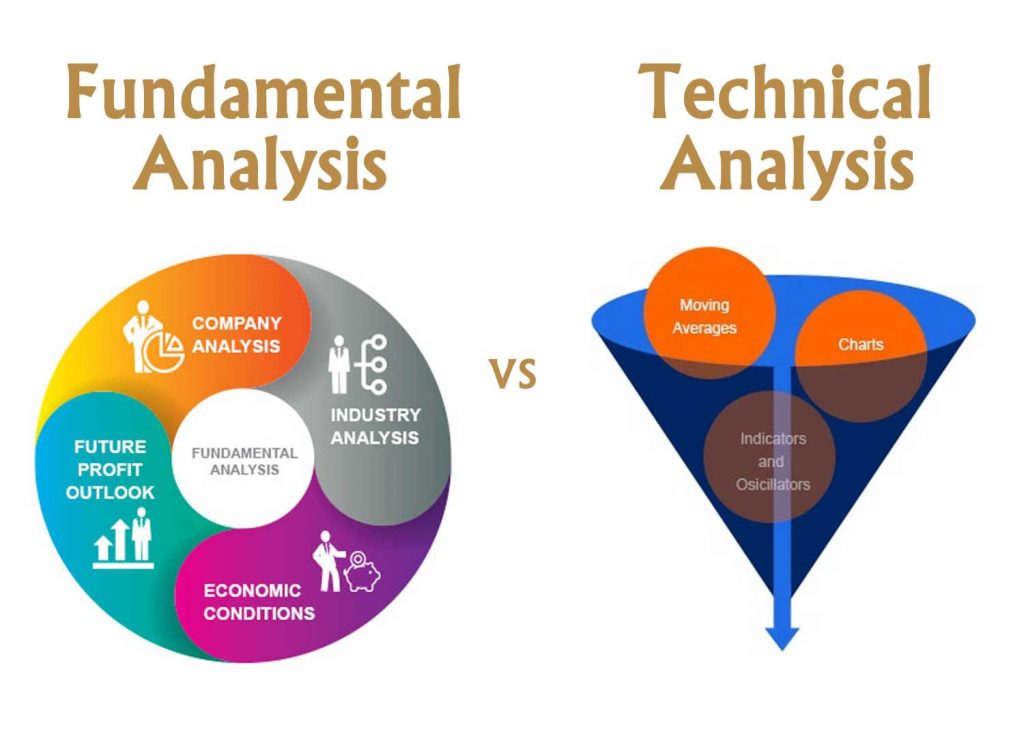Lies, Damned Lies, and Generative AI
Understanding the Generative AI Landscape
In the rapidly evolving landscape of artificial intelligence, generative AI has emerged as a significant player, captivating attention with its multifaceted capabilities. These AI systems, like ForecastGPT by HARMAN, have redefined our expectations and understanding of predictive analytics and creative content generation. Through sophisticated algorithms and vast datasets, generative AI claims to possess the ability to produce coherent narratives, forecast trends, and draw insights from complex data.
Exploring the Boundaries of Generative AI
Yet, there’s a paradox that underlies these advancements. While generative AI purports to deliver infallible content and insight, it simultaneously reflects the biases and shortcomings inherent in the data it learns from. As one expert provocatively noted, the current capabilities of generative AI act as a “mirror,” reflecting societal values, both good and bad. The potential for generative AI to distort reality by echoing the prejudices of human history raises questions about reliance on such technology, prompting us to cleanse our historical data before expecting flawless outputs.
The Role of HARMAN ForecastGPT
HARMAN’s recent introduction of ForecastGPT to the AWS Marketplace expands the toolbox available to businesses navigating the complexities of modern market demands. This predictive analytics solution leverages advanced large language models (LLMs) fine-tuned on specific multivariate time series datasets, enabling decision-makers to forecast with unprecedented accuracy. Dr. Jai Ganesh, Chief Product Officer at HARMAN, posits that this tech integration into the AWS ecosystem signifies their commitment to transforming digital experiences through state-of-the-art solutions.
Innovative Tools by HARMAN
ForecastGPT does not simply adhere to predefined templates; it extracts and interprets data patterns, facilitating informed decisions in unpredictable environments. With tools like these, businesses can not only anticipate trends but also prepare robust strategies that adapt to changing circumstances.
The Cloud Revolution and Its Implications
The launch of solutions like ForecastGPT also highlights the transformative power of cloud computing in accessing advanced AI technologies. The AWS Marketplace serves as a digital catalog, granting users direct access to sophisticated tools without the burdens of installation or extensive training processes. This ease of accessibility can drive wider adoption of AI concepts across various industries, reshaping how data influences decision-making.
With approximately 30,000 employees across multiple regions, HARMAN harnesses global expertise to deliver innovative solutions that span beyond mere product offerings to enhance customer engagement and satisfaction in their digital journey.
The Intersection of Cloud Computing and AI
Generative AI: Promises and Dangers
Despite the promising capabilities presented by generative AI, there remains an underlying awareness of potential ethical dilemmas. The fine line between human-like innovation and artificial mimicry raises critical philosophical and technological inquiries. What does it mean for a system to “know” or “understand” when it is merely following bytes of instructions?
Generative AI’s success hinges on the training data—its performance mirrors what it has absorbed from human culture, which includes an array of biases. Thus arises the fundamental question: can we expect AI—built on the digital ruins of our past—to inherit a sense of morality, or will it merely replicate our flaws?
The Future of AI: A Collaborative Approach
As AI continues to develop, its integration into diverse sectors will likely accelerate. However, it is vital for stakeholders to engage in the ethical management of AI data. The responsibility falls on innovators and lawmakers alike to craft guidelines that ensure these systems are applied thoughtfully and responsibly, minimizing the chances for misuse or misrepresentation.
Generative AI beckons us to rethink our relationship with technology, as it leads us down a path filled with opportunities as well as perils. The future may very well hinge on how well we navigate this uncharted territory and whether we can harness such innovations to reflect our best selves rather than our worst mistakes.
Imagining the Future of AI Innovations
Conclusion
In summation, while generative AI, such as ForecastGPT, offers revolutionary tools that empower organizations to thrive, it is imperative to balance technological advancements with ethical considerations. As we confront the complexities of using AI in various realms of life—from creative writing to complex analytics—our progress must be guided by an introspective look at our past and a conscientious approach towards our future endeavors. Thus, generative AI becomes not just a tool but a pivotal partner in our journey toward a more informed and equitable society.
For more information about ForecastGPT and HARMAN’s offerings, visit HARMAN Services.


 Photo by
Photo by 









